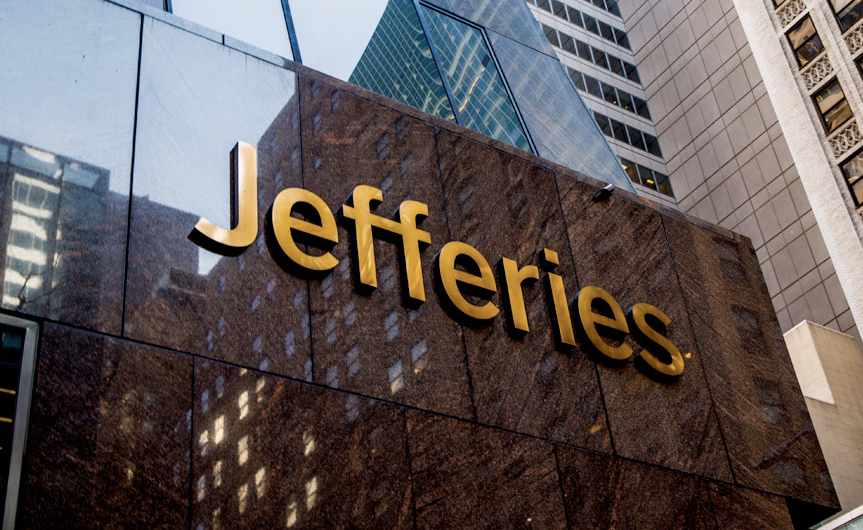Higher reinsurance attachment points the real hard market story: Jefferies

Echoing what we’ve been reporting for more than two year’s now, higher attachment points for reinsurance and retrocession contracts are the real hard market story analysts at Jefferies suggest, when it comes to delivering returns to stakeholders.
Analysts at investment bank Jefferies agree, in a report issued today, where they state, “While rising prices has understandably garnered a lot of investor attention, it’s our view that improving terms and conditions, and attachment points in particular, are far more material to the reinsurance industry’s risk profile.”
Through the roughly decade long softening of reinsurance pricing, more and more was given away, resulting in reinsurers and retrocessionaires, insurance-linked securities (ILS) funds included, becoming on the hook for a greater proportion of any catastrophe loss that occurred, while also absorbing much more of the frequency volatility from smaller loss events.
Now, the raising of attachments is clearly evidenced in reporting on the second-quarter of 2023, as primary insurers have retained much more of the US severe weather and convective storm loss activity, than would have been the case just a couple of years ago.
Jefferies analysts say that, “From our perspective, the 1H 2023 results are demonstrating that despite elevated insured natural catastrophe losses, reinsurers have incurred a far smaller proportion of the claims than we have become accustomed to.”
Continuing to say, “After six consecutive years of elevated natural catastrophe losses, this active first half presents further challenges to the global industry and fuels price rises for policyholders (on top of already elevated economic inflation). However, 2023 appears different in one critical aspect; a far greater proportion of claims are now being retained on the insurer’s balance sheets, rather than being ceded to the reinsurers. As we approach the mid-point in the 1H 2023 results, this point is evident when comparing the earnings volatility of insurers, with the exceptional margins of many reinsurers.”
The analysts point out that higher pricing is often taken as the hard market story by investors in the re/insurance industry, while terms and conditions are too often overlooked.
Of course, they are far from overlooked by underwriters and portfolio managers, which is why we’ve been covering the incremental improvements to terms and conditions that stand to benefit capital providers to the sector.
Jefferies analysts state, “While most investors have focussed on the fact that reinsurance prices are now at all-time highs, we’ve argued that the shift in terms and conditions is actually more material to margins than lifting the premium income. Most importantly, lifting the attachment point (a.k.a. excess or deductible) means that a smaller volume of catastrophe claims are covered by reinsurance programmes and those that do are materially less costly.”
Almost a year ago we wrote about the need for the ILS market to defend the improvements in terms that had already been achieved by that stage.
Now, the terms are even better and so far show no sign of weakening, which bodes well for the returns of the reinsurance and retro market, as well as the ILS funds supporting that.
As we explained back in November 2020, insurance-linked securities (ILS) market return potential was on the rise and in some cases the portfolios constructed were set to deliver much better performance, thanks to rates, tighter terms and conditions, higher quality cedes and market dislocation.
That’s almost three years ago and we’ve now seen consecutive renewals of improvement globally, meaning the portfolios constructed today could be far more performant than those seen at that time.
The key remains to be, holding onto the gains made. Reinsurance and retro sits at far better levels now, with cedents keeping real skin in the game and capital providers being paid for the losses they take.
Inevitably, as the industry rebuilds capital things will change again. But it is to be hoped that attachments remain higher than they used to be.






